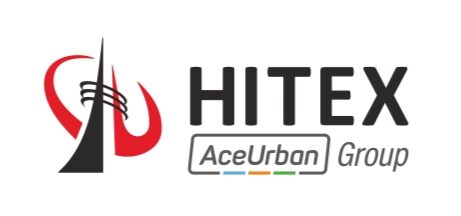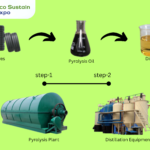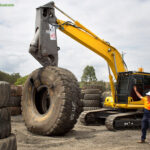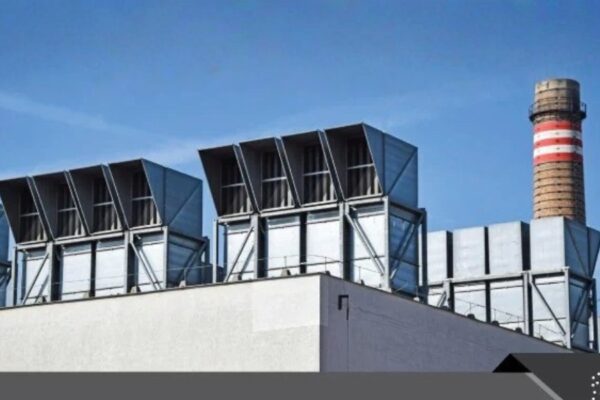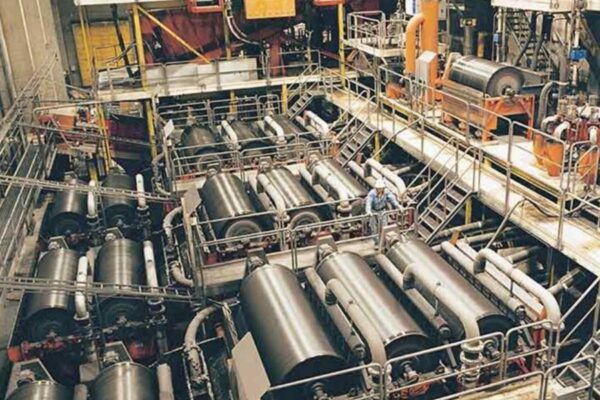Kuwait’s Tyre Graveyard Transformation: An In-Depth Look
Imagine a staggering 50 million discarded tyres amassed in a single location for over two decades. This was the stark reality in Sulaibiya, Kuwait, home to the world’s largest tyre graveyard—a site so vast it could be seen from space. This massive accumulation of waste posed serious environmental and health challenges, earning it a reputation as a colossal black scar on the land.
Between 2012 and 2020, the site suffered three major fires, each sparked by Kuwait’s extreme summer temperatures. These blazes released large amounts of toxic chemicals, including particulate matter, volatile organic compounds (VOCs), and polycyclic aromatic hydrocarbons (PAHs), into the atmosphere. The resulting thick, black smoke not only posed a direct threat to local air quality but also contributed to broader global environmental concerns, affecting the health of nearby residents and wildlife.
Recognizing the urgent need for change, the Kuwaiti government launched a groundbreaking waste management initiative to address this looming environmental crisis. This massive project involved transporting an estimated 42 million tyres from Sulaibiya to a new, purpose-built recycling base at Al-Salmi, clearing the way for a future housing development at the original site. By September 2021, satellite images confirmed the complete removal of tyres, marking a significant milestone in Kuwait’s journey toward sustainability.
But what exactly happened to these millions of tyres?
Advanced Tyre Recycling in Al-Salmi
The relocated tyres were processed at a state-of-the-art recycling facility, showcasing Kuwait’s commitment to sustainable waste management. This advanced plant is equipped with cutting-edge technology designed to convert discarded tyres into valuable, reusable resources. Here’s a closer look at the inputs and outputs of this innovative system:
Input Materials for Tyre Recycling
The tyre recycling system accepts a wide range of scrap tyres, including those from passenger cars, trucks, and off-the-road (OTR) vehicles. It is designed to handle tyres of various sizes without any specific limitations, making it a versatile and efficient solution.
Diverse Outputs of Tyre Recycling
The facility produces a variety of output products, each with unique applications:
- Tyre Shreds
- Tyre-Derived Aggregate (TDA): Large shreds up to 300 mm, produced without screening, are used in civil engineering projects like road construction and embankment stabilization.
- 50-150mm Shreds: Produced from dual shaft shredders, these are used as raw materials for secondary processors or further reduced to rubber granules.
- 50-80mm Shreds: These smaller pieces are ideal for Tyre Derived Fuel (TDF), a powerful energy source for industries like cement kilns, paper mills, and power plants.
- Steel-Free Chips / Rubber Mulch
- Produced from secondary shredders, this product comes in sizes ranging from 12-30mm and has various applications, including landscaping, playground surfaces, and as a fuel source.
- Rubber Granules
- High-quality granules, sized from 0.8-4mm, are used in athletic tracks, gym flooring, and the production of reclaimed rubber sheets. These granules are also essential for creating crumb rubber-modified bitumen (CRMB) for road construction.
- Steel
- The process also recovers valuable steel in two main forms: cleaned steel (up to 99% pure) and clean steel wire (up to 96% pure), both meeting stringent industry requirements.
- Textile
- Liberated textile, a by-product containing nylon and rubber powder, is often used as an alternative fuel in cement kilns and waste-to-energy plants due to its high burning value.
Market Outlook and Future Opportunities
According to a report by Markets and Markets, the global tyre recycling market is set for significant growth, projected to reach USD 6.08 billion in 2024 and USD 7.29 billion by 2029, with a compound annual growth rate (CAGR) of 3.7%. This surge is driven by the increasing number of vehicles on the road, stricter government regulations, and a growing focus on sustainable practices.
For businesses looking to capitalize on this trend, investing in advanced recycling technology can unlock substantial new opportunities. Whether you’re planning to start a tyre recycling business in Kuwait or other GCC countries, partnering with a leading technology provider can turn your vision into reality. Contact Fornnax to know how they can support your journey in this rapidly growing industry.
Meet the FORNNAX team at the 2nd Edition of the Eco Sustain Expo – Exhibition & Conference on Solid Waste Management, Bio Energy, Effluent Treatment, Air Pollution, and Recycling, scheduled from 22nd to 24th August 2025 at HITEX, Hyderabad.
📍 Stall No: A15, Hall: 4C – Discover the future of recycling, built for tomorrow’s challenges.
Author

